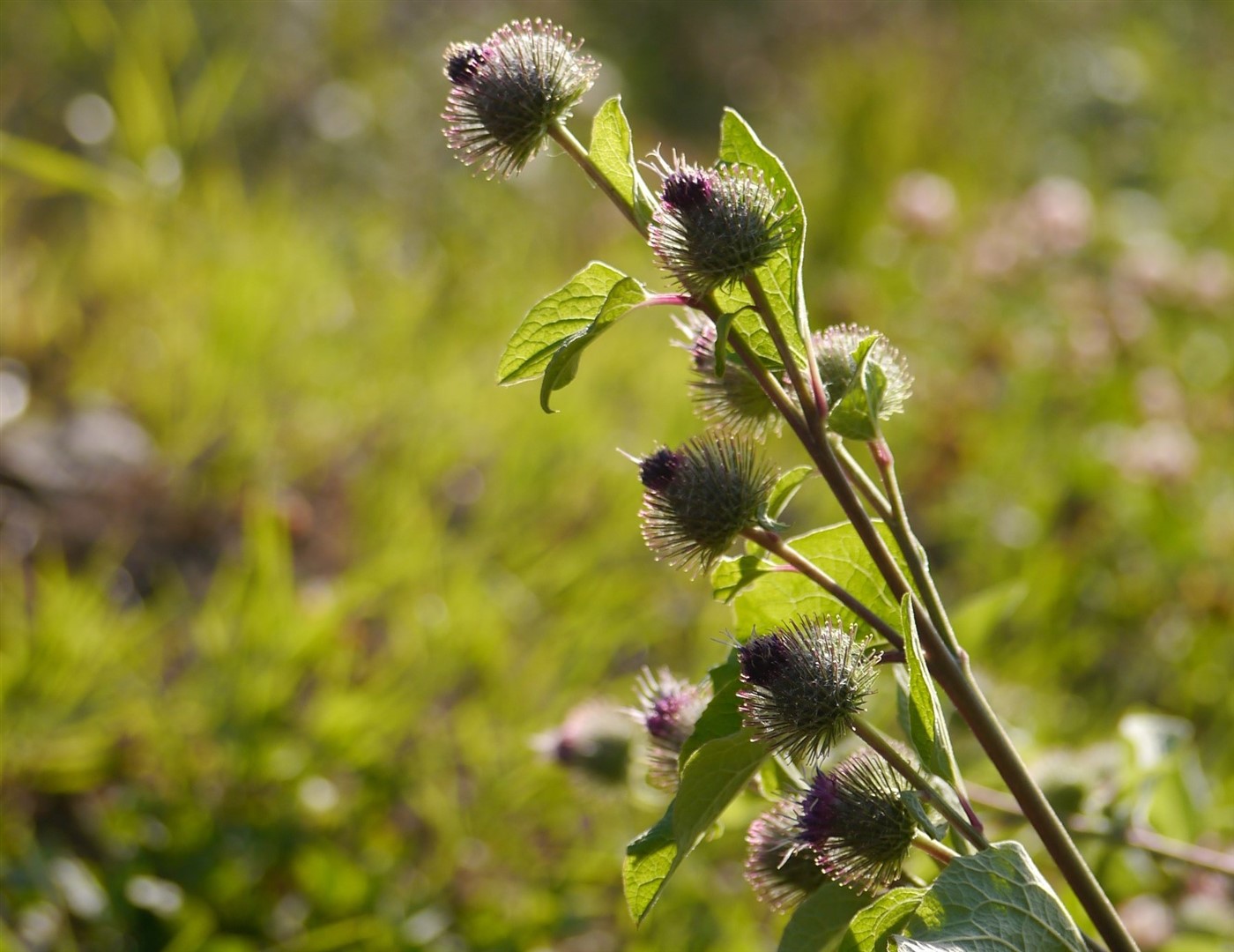Invasive plants are a major threat to native ecosystems and often degrade vital habitat areas. Areas of concern within the Bridge River Valley watershed include an important ungulate wintering range. One of these areas is the Five Mile Ridge where a forest fire in 2009 destroyed most of the vegetation. Several invasive plant species, like Giant Burdock (Articum lappa), Canada Thistle (Cirsium arvense), Common Mullein (Verbascum thapsus) and Spotted Knapweed (Centaurea biebersteinii) quickly invaded the area thereby outcompeting indigenous species and negatively affecting the local ecology. These species have the capacity to aggressively reproduce and establish in a habitat, displacing original vegetation and crowding out rare and endangered species. Furthermore they reduce the quality and yield of crops and pose a threat to livestock and wildlife.
Since 2013 we have monitored, mapped and manually treated invasive species sites in the Bridge River Valley. This project is designed to mechanically control and prevent further spreading of the above-mentioned species in order to restore and preserve the native ecology of the South Chilcotin Mountains.
